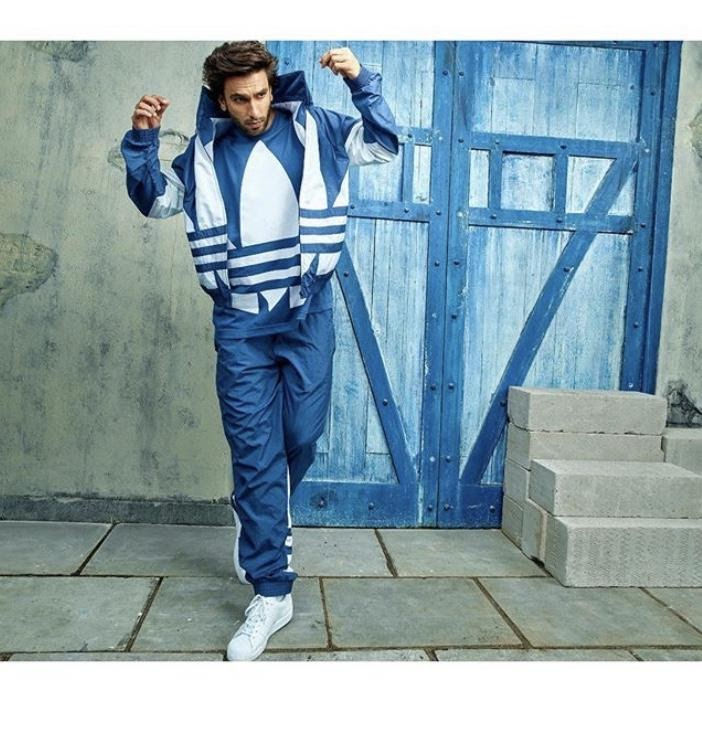Fashion in Asia: How India and China are bringing big brands to their knees
- activateeditor
- Mar 12, 2020
- 4 min read
by Prashalan Govender
Does it seem that more and more official pages of brands have more and more South Asian and Chinese faces? It’s not just your imagination. This is genuinely happening and it’s not just because customers are demanding more representation.
India is the fastest-growing economy in the world with the second biggest population. Its citizens have an appetite for fashion because clothing is not only a big part of Indian culture; it is also perceived as a symbol of wealth in the region.
In China there are over 1.4 Billion people and 285 billionaires; the number of billionaires comes second to the United States of America, so... to say that the Chinese are a big consumer of luxury items is an understatement.
But, the raw power of these markets poses a challenge to major brands as Western methods of advertising simply would not work in the two regions as each nation has a very strong and separate identity from the rest of the world.
Thus, brands are rushing to get faces that are recognisable in these countries to endorse them or become an ambassador. But, this can serve as a major challenge and can, if executed very poorly, have the opposite effect and reduce income for the brands.
To understand how the famous in the East are different from those of a similar calibre in the West, let me explain.
In China, their stars and film studios are required by the Chinese government to promote core socialist values. Thus, if any brand does something to offend Beijing then the first defenders of the government will be Chinese celebrities who enjoy mass power on Chinese social media. Very recently there was a public disgrace of Versace and Coach when their Chinese ambassadors terminated their contracts.

Supermodel, Liu Wen, and actress, Yang Mi, ended their contracts with Coach and Versace respectively after a T-shirt was found to have listed Taiwan, Hong Kong and Macao as separate states.

This was perceived to be offensive as China and many Chinese views the areas as special administrative regions of China and intentionally or unintentionally supporting them as independent states is seen not as a democratic move but a move encouraging “separatism.”
What’s worse is that the T-shirts were discovered during growing tensions between Beijing and Hong Kong, a region fighting for independence.
Following her termination of the contract with Coach, Liu Wen brought further disgrace to the brand by taking to Weibo, China’s version of Twitter where she has over 11 million followers, to explain why she left. “China’s sovereignty has always been sacred and inviolable,” she wrote adding, “I love my motherland and resolutely safeguard China’s sovereignty.”
Mi shared a similar sentiment, as a representative of hers posted on Weibo: “As a Chinese citizen, Ms Yang Mi is very indignant that Versace’s mistake blatantly defies the sovereignty and territorial integrality of China.”
Mi’s statement was a big blow to Versace as she has amassed a following of over 104 million people on Weibo and Chinese customers account for a third of all luxury sales worldwide.
Her withdrawal from the brand caused such a wave that Donatella Versace herself came out to issue an apology on behalf of the brand.

In India, their starlets have an immeasurable amount of influence as what the West would call a “triple threat” (someone who can dance, model and act); is simply a Bollywood star to Indians.
Due to the multifaceted nature of their careers, the stars are seen everywhere, and this seeming omnipresence creates a massive bankable factor for the stars.
This massive influence has its benefits: India has been a market that has not been entered entirely by brands, there is a growing upper-middle class within the country, and Indian’s do not hold celebrities such as Kendall Jenner and Gigi Hadid in as high regard as the West does because local media focuses on the local stars which lead to less recognition for the “usual” stars brands appeal to.
Brands like Louis Vuitton and Adidas have certainly taken notice of this untapped star power potential with Louis Vuitton signing the Queen of Bollywood, Deepika Padukone and Adidas signing Ranveer Singh.

But, brands need to be extremely careful. As Indians, similar to the Chinese, are very patriotic people and their stars know that power and patriotism go hand in hand if they want to remain favourable amongst the Indian public.
So, if brands were to offend Indians or India similarly to how they have offended China and the Chinese, it is without a doubt that Bollywood stars would take to social media to share their discontent. And, subsequently, brands would face a massive backlash from Indians and suffer a big loss considering that Indians are known for their indulgence in luxury.
Thus, only time will tell whether or not luxury brands will be able to navigate the intense star power Indian and Chinese celebrities bring and whether or not the West will be able to fathom how the stars will always choose patriotism over pay.










Comments